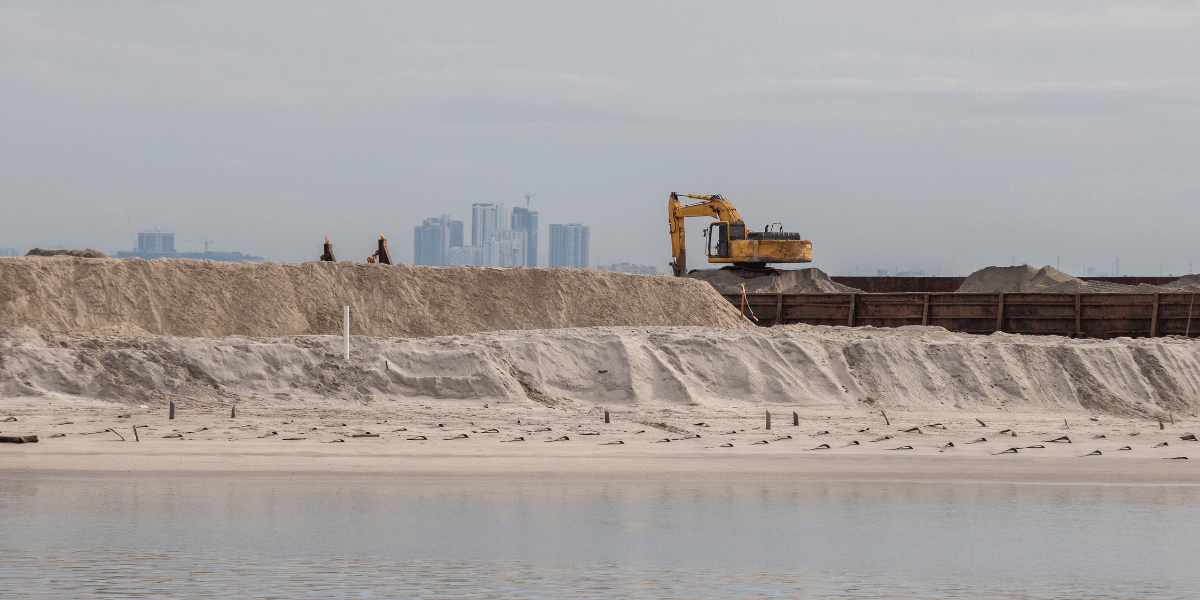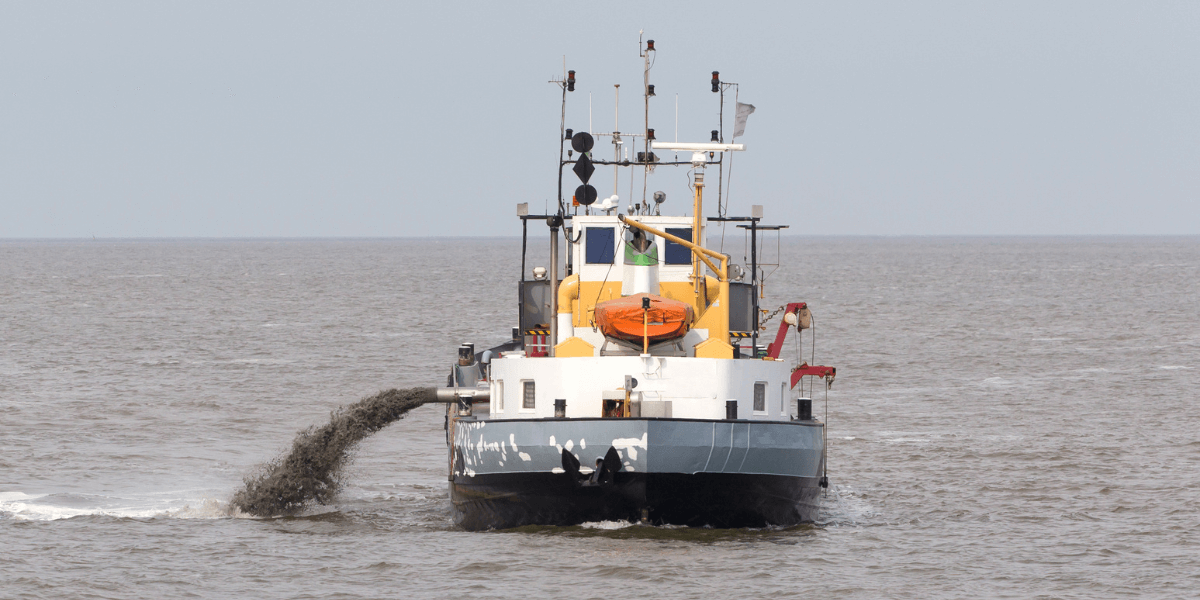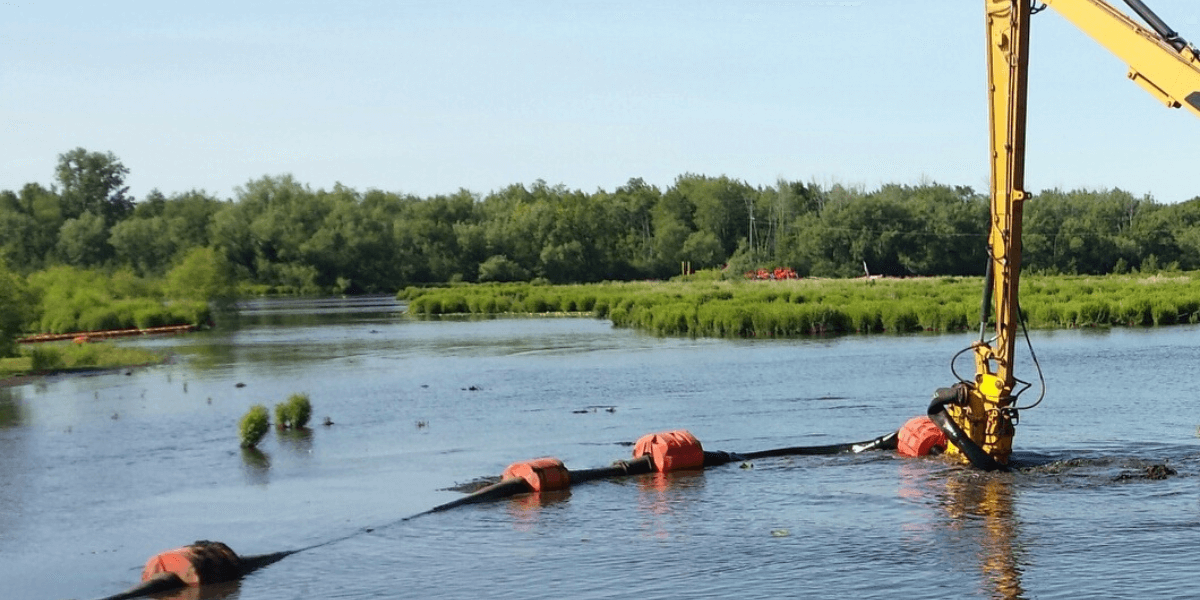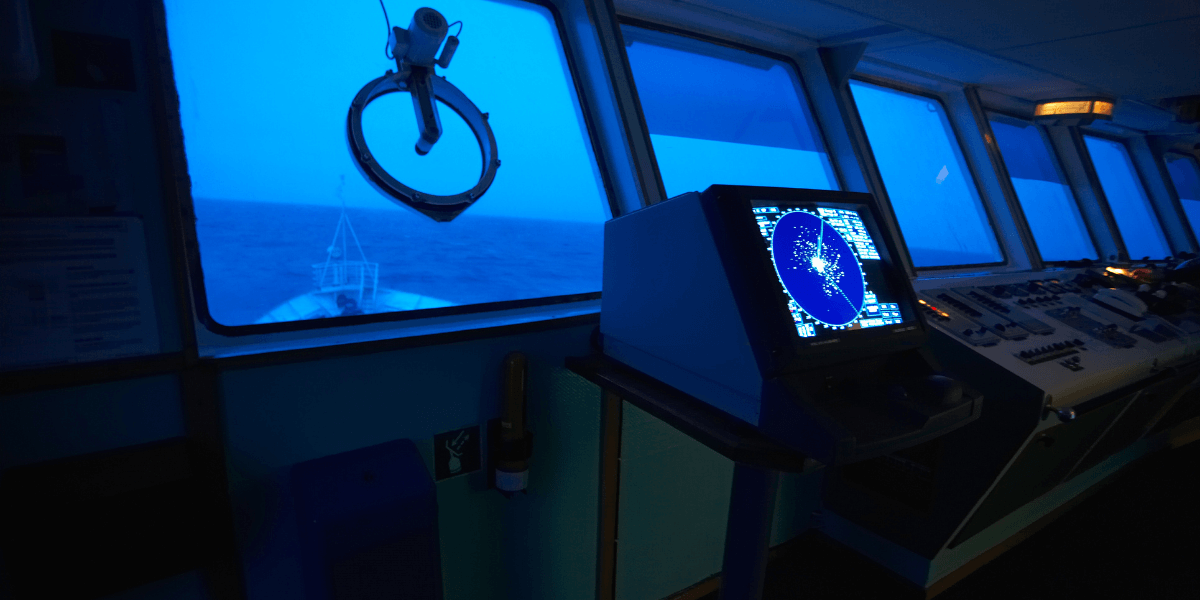The Critical Role of Jetting Equipment in Modern Dredging Operations
Dredging has long been essential for maintaining waterways, restoring coastlines, and supporting infrastructure projects. With the rapid advancement...
5 min read
U.S. Aqua Services Apr 24, 2025 10:33:14 AM

As coastal communities face increasing threats from erosion, rising sea levels, and extreme weather events, the demand for effective coastal restoration has never been greater. At the heart of these efforts lies a process that has long been a cornerstone of shoreline protection: sand dredging.
Traditionally seen as a brute-force operation, sand dredging has undergone a technological transformation in recent years. Innovative advancements in equipment, automation, and sustainability have made dredging more efficient and environmentally conscious.
In this blog, we’ll explore the latest innovations in sand dredging technology and how they’re reshaping the future of coastal restoration.
One of the most significant breakthroughs in modern sand dredging is the rise of automated dredge systems. These intelligent machines use GPS, sonar, and real-time data analytics to precisely navigate and remove sediment. This reduces over-dredging, minimizes disruption to marine ecosystems, and allows for tighter project timelines. By automating repetitive tasks and reducing human error, these systems improve consistency and reduce labor costs, two key advantages for long-term projects.
Today’s advanced dredging units have remote monitoring capabilities, allowing operators to control and adjust the dredging process from secure locations onshore or onboard. Live feedback ensures that adjustments can be made instantly, improving safety and efficiency. In addition, operators can track performance metrics such as flow rates, sediment loads, and suction pressure in real-time, enabling proactive troubleshooting and maximizing uptime on the job.
Manufacturers are also developing adaptive cutter heads and suction pipes that respond dynamically to sediment types, adjusting suction force, rotation speed, and cutting angles to optimize material removal. These features reduce energy consumption and extend the life of the equipment. What once required constant manual adjustments is now seamlessly automated, reducing wear and tear while maximizing output and improving long-term equipment ROI.
Modern dredging systems now include built-in filtration and containment solutions that prevent harmful runoff or sediment plumes from affecting surrounding waters. These systems help maintain water clarity and safeguard sensitive marine habitats like coral reefs and wetlands. With tighter regulations around coastal development, this kind of integrated environmental control has become essential for ensuring compliance while maintaining the integrity of nearby ecosystems.
Many dredging vessels are shifting from diesel-powered engines to hybrid-electric or fully electric systems. These greener alternatives significantly reduce harmful emissions, making dredging operations more sustainable and compliant with tightening environmental regulations. Some systems also incorporate regenerative energy storage, capturing excess energy from dredging operations and reusing it to power auxiliary equipment, further reducing the project’s environmental footprint.
New methodologies, like water injection dredging and precision agitation, are designed to minimize seabed disturbance. These eco-dredging techniques reduce turbidity and the resettling of contaminated sediments, which is especially important in ecologically sensitive zones. Additionally, these methods often require fewer passes to achieve the desired dredging depth, thereby decreasing fuel usage and operational hours while improving outcomes for habitat preservation.
Artificial intelligence is playing an increasingly important role in pre-dredging planning. AI tools can predict sediment composition, current flows, and optimal dredging paths by analyzing historical data, satellite imagery, and real-time inputs. This helps reduce guesswork and costly field surveys. Furthermore, machine learning algorithms continue to improve over time, making each subsequent project more efficient based on data from previous jobs.
Geospatial Information Systems (GIS) and digital twin models allow engineers to simulate dredging scenarios in a virtual environment. This technology helps identify the most efficient methods for material removal, logistics coordination, and long-term sediment transport forecasting. Digital twin models can also test the impacts of extreme weather, allowing planners to adjust strategies for resilience and improve coastal defenses before dredging even begins.
Internet of Things (IoT) sensors embedded in dredging machinery can track performance metrics, wear and tear, and potential system failures before they happen. Predictive maintenance saves time and money and prevents unexpected downtime during critical operations. Operators can schedule maintenance only when needed by continuously monitoring parameters like engine temperature, pressure, and vibration, maximizing productivity without risking equipment failure.
One of the most visible applications of innovative dredging technology is beach nourishment. Precision dredging tools can harvest and redistribute sand more accurately, ensuring even distribution and stable shorelines. These advancements have made replenishment projects faster and more cost-effective. Real-time monitoring systems allow teams to assess how well the sand is holding up over time, making adjustments to protect properties and preserve public beaches.
For fragile environments like wetlands and marshes, cutting-edge dredging equipment offers the precision needed to restore critical habitats without causing further damage. The ability to fine-tune material placement has proven invaluable in creating successful restoration outcomes. Projects can now tailor the depth, flow, and material density to promote native plant growth and reestablish natural hydrological patterns, all while minimizing ecological disruption.
While not exclusive to coastal restoration, maintaining navigable waterways is crucial to preserving economic and ecological balance. The latest dredging innovations enable harbor deepening projects to proceed with minimal impact on nearby coastlines and aquatic ecosystems. Enhanced monitoring tools also provide real-time environmental data, allowing ports to meet operational targets and environmental compliance without sacrificing performance.
At U.S. Aqua, we understand that coastal resilience depends on staying ahead of the curve. Our commitment to innovation has led us to adopt the industry's most advanced sand dredging technologies, ensuring every project is delivered with precision, reliability, and environmental responsibility.
From intelligent machinery and predictive analytics to low-impact dredging techniques, we equip our teams with the tools to protect and restore coastlines effectively. But our real strength lies in our people, the experienced engineers and field crews who know how to adapt these innovations to meet the unique challenges of every environment.
Whether you're restoring a marshland, replenishing a beachfront, or deepening a port, U.S. Aqua is the partner you can rely on for world-class dredging and coastal restoration services. Together, let’s build a safer, stronger, and more sustainable shoreline for the future.
The Importance Of Dredging - In this blog post, we will discuss the importance of dredging and some of its benefits.
Dredging For Environmental Remediation - This article will explain the importance of environmental dredging as well its benefits while discussing several different techniques used today.
5 Technological Advancements We're Excited to See More of in 2023 - Here are the top five technological advancements that will make waves in the dredging and construction industry in 2023.
U.S. Aqua Services was created to support the dredging process in advancing commerce and responding to its many challenges. To accomplish this, our dredging company assembled an exceptional group of experienced individuals and a diverse inventory of dredge equipment.
We offer dredging equipment rental services so you can have access to the latest and greatest in dredging technology without having to pay to maintain it, transport, and store it, along with dewatering services.
With an emphasis on mobility, dependability, durability, diversity, efficiency, and safety, our dredging rental company can ensure that our different types of dredging systems are easy to move through any terrain and can work in the most rugged and remote environments. Our multi-function hydraulic systems are built with jetting and mechanical options that can efficiently move loose sediment or stiff layers of clay.
US Aqua services also and maintains a ready fleet of amphibious equipment capable of completing dredging projects in some of the harshest and most remote environments. U.S Aqua is also the dealer for Louisiana of the amphibious vehicle Fat Truck. No matter the size or scope of the job or the remoteness of your work location, you can rely on Fat Truck’s industrial off-road utility vehicles to get the job done right.

Dredging has long been essential for maintaining waterways, restoring coastlines, and supporting infrastructure projects. With the rapid advancement...

1 min read
When most people think of dredging, they picture heavy equipment scooping sediment from the bottom of a river or harbor. And while that's part of the...

Subsurface dredging is crucial in maintaining waterways, reclaiming land, and managing sediment build-up. However, working below the water’s surface...